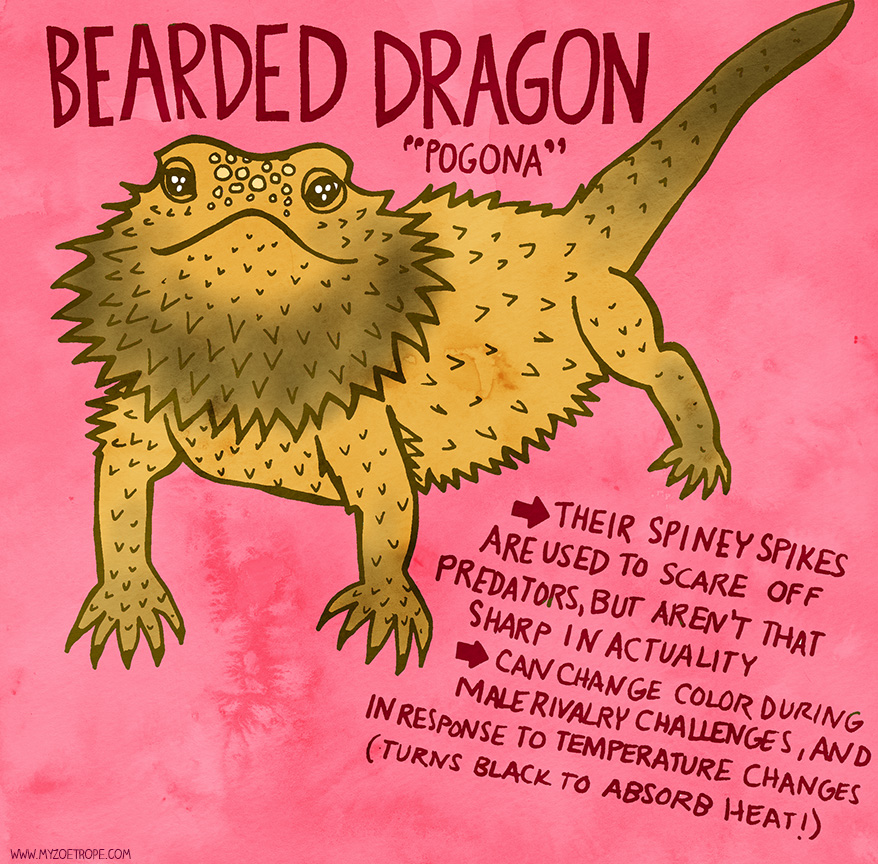8 Essential Tips on How to Care for Your Bearded Dragon
Introduction
Bearded dragons are popular pets known for their friendly personality and unique appearance. These reptiles require specific care to ensure they live a healthy and happy life. If you are a new bearded dragon owner, this guide will provide you with essential tips on how to properly take care of your pet.
1. Housing
Creating a comfortable and safe home for your bearded dragon is essential. The enclosure should be at least 40 gallons in size, with a secure lid to prevent your pet from escaping. Bearded dragons need plenty of room to move around and bask in the heat from the basking light. The enclosure should also have a basking spot, a cool spot, and a hide box to provide different areas for your pet to relax.

2. Temperature and Lighting
Bearded dragons are from Australia and require specific temperatures to thrive. The basking spot should be around 100-110°F, while the cool spot should be around 75-80°F. The enclosure should also have UVB lighting to provide the necessary vitamins for your bearded dragon. With the right temperature and lighting, your pet will be happy and healthy.
3. Diet
Bearded dragons are omnivores and require a balanced diet to meet their nutritional needs. Their diet should include vegetables, fruits, and insects. You can easily find commercial diets for bearded dragons, but providing a variety of fresh food is ideal. Avoid feeding your bearded dragon wild-caught insects, as they could carry parasites and diseases.

4. Hydration
Bearded dragons need access to fresh water at all times. They also benefit from occasional misting or soaking in water to stay hydrated. Providing a shallow water dish can also help with shedding.
5. Handling
Bearded dragons are generally docile and enjoy being handled. However, it’s essential to handle them with care to avoid injuring them. Always support their body and avoid grabbing them by the tail. Keeping handling sessions short and infrequent can also help reduce stress on your pet.

6. Shedding
Bearded dragons shed their skin regularly, and it’s essential to provide the right conditions to make shedding easy. Keeping the enclosure properly hydrated by misting or providing a shallow water dish can help. You can also provide a rough surface, such as a piece of wood or rock for your bearded dragon to rub against to help loosen the skin.
7. Health
Bearded dragons are generally healthy, but it’s essential to keep an eye on their behavior and physical condition. Signs of health problems can include lethargy, loss of appetite, abnormal feces, and swollen limbs. If you notice any of these signs, consult with a reptile veterinarian.
8. Maintenance
Cleaning and maintaining the enclosure is essential for your bearded dragon’s health. You should spot clean the enclosure daily and deep clean it weekly. Deep cleaning involves removing everything from the enclosure and cleaning it with a reptile-safe disinfectant. You should also replace the substrate regularly and provide fresh water and food daily.
Conclusion
Taking care of a bearded dragon requires some effort, but the rewards are worth it. By ensuring your pet has the right enclosure, temperature, diet, and care, your bearded dragon can live a long and healthy life. Always consult with a reptile veterinarian if you have any concerns about your pet’s health.
